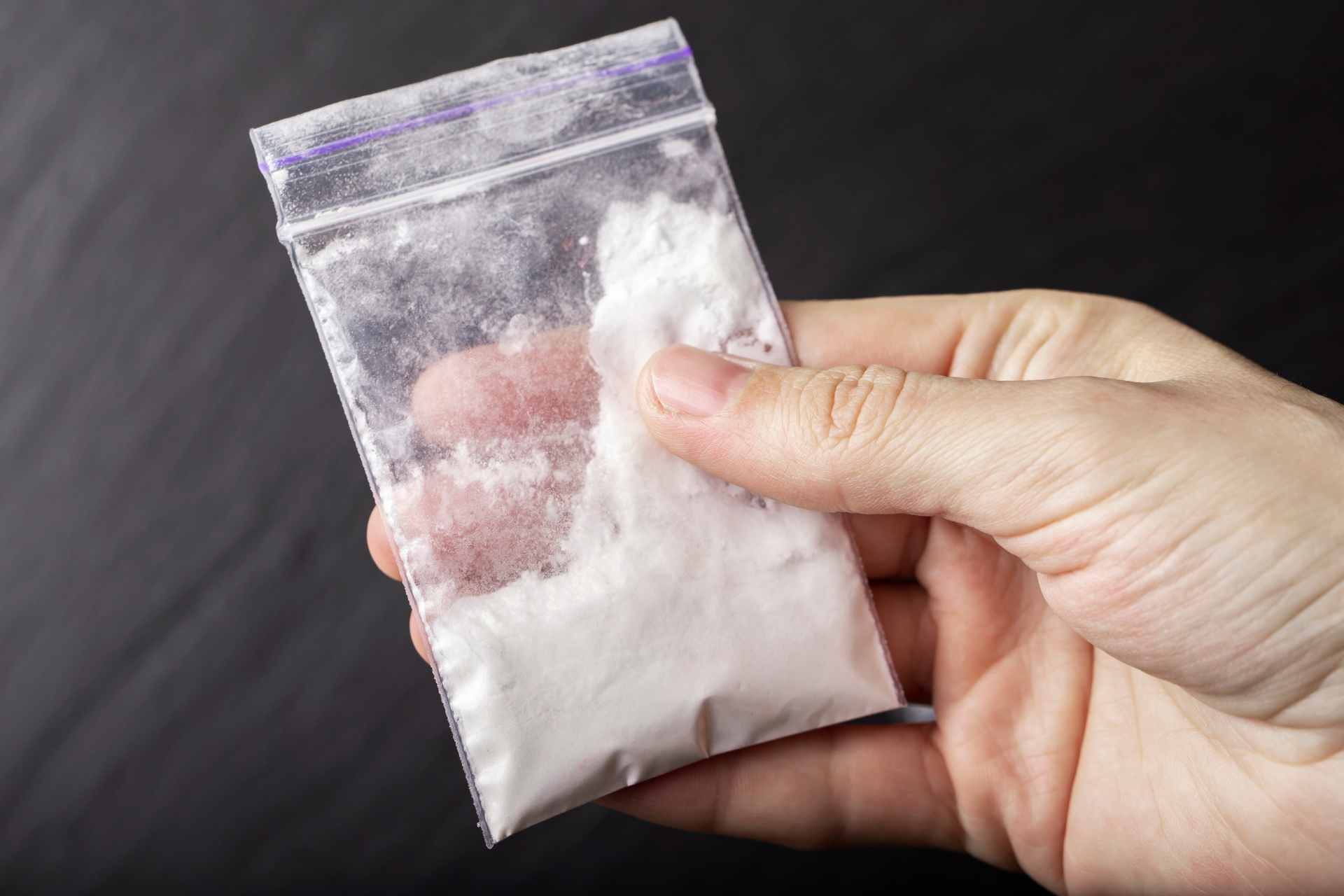What is already known
Gut microbes have been linked to several neuropsychological conditions, including substance use disorders. But although previous research has shown that the gut microbiota can influence a person’s response to drugs, little is known about the mechanisms behind these effects.
What this research adds
Working in mice, researchers found that when cocaine enters the gut, it supports the growth of bacteria that eat up glycine — an amino acid that can act as a neurotransmitter. As glycine levels dropped, the mice showed an increased response to cocaine, including drug-induced locomotion and seeking behaviors. The mice’s response to cocaine went back to normal levels when the animals were given glycine.
Conclusions
The findings may help to inform therapies to modulate brain circuits that are involved in substance use disorders.
Gut microbes have been linked to several neuropsychological conditions, including substance use disorders. Now, researchers found how cocaine stimulates the growth of bacteria that use up a chemical involved in normal brain function.
The findings, published in Cell Host & Microbe, may help to inform therapies to modulate brain circuits that are involved in substance use disorders.
“Usually, for neuroscience behaviors, people are not thinking about controlling the microbiota, and microbiota studies usually don’t measure behaviors, but here we show they’re connected,” says study lead author Santiago Cuesta at the University of Wisconsin School of Medicine and Public Health. “Our microbiome can actually modulate psychiatric or brain-related behaviors.”
Although previous research has shown that the gut microbiota can influence a person’s response to drugs, little is known about the mechanisms behind these effects. So, Cuesta and his colleagues set out to investigate the interactions between gut microbes and the response to cocaine in mice.
Drug response
The researchers infected mice with Citrobacter rodentium, the mouse counterpart to a pathogenic Escherichia coli strain in people. C. rodentium can sense the host neurotransmitter norepinephrine and regulate their virulence to colonize the gut.
The team found that when cocaine entered the gut of mice, it supported the growth of C. rodentium and other proteobacteria that eat up glycine — an amino acid that can act as a neurotransmitter. Fueled by glycine, proteobacteria bloomed in the gut, outcompeting the normal flora.
As glycine levels dropped, the mice showed an increased response to cocaine, including drug-induced locomotion and seeking behaviors. Mice infected with proteobacteria that eat up glycine had a stronger preference for a chamber associated with cocaine use than mice infected with bacteria that cannot use glycine.
Developing addiction
The mice’s response to cocaine went back to normal levels when the animals were given glycine, the researchers found. “It seems changing glycine overall is impacting the glutamatergic synapses that make the animals more prone to develop addiction,” says study senior author Vanessa Sperandio.
The findings suggest that cocaine and other psychostimulants can influence the function of both pathogenic and commensal bacteria, increasing their ability to colonize the gut, the researchers say. “Indeed, exposure to cocaine and amphetamines has been also reported to increase commensal Protobacteria in mice.”
What’s more, the results indicate that glycine could be a potent regulator of cocaine response — though the molecular mechanisms remain unclear. The study supports “shifting the current brain-centered paradigm to a more systemic and holistic view in neuropsychiatric research and treatment,” the researchers say.











